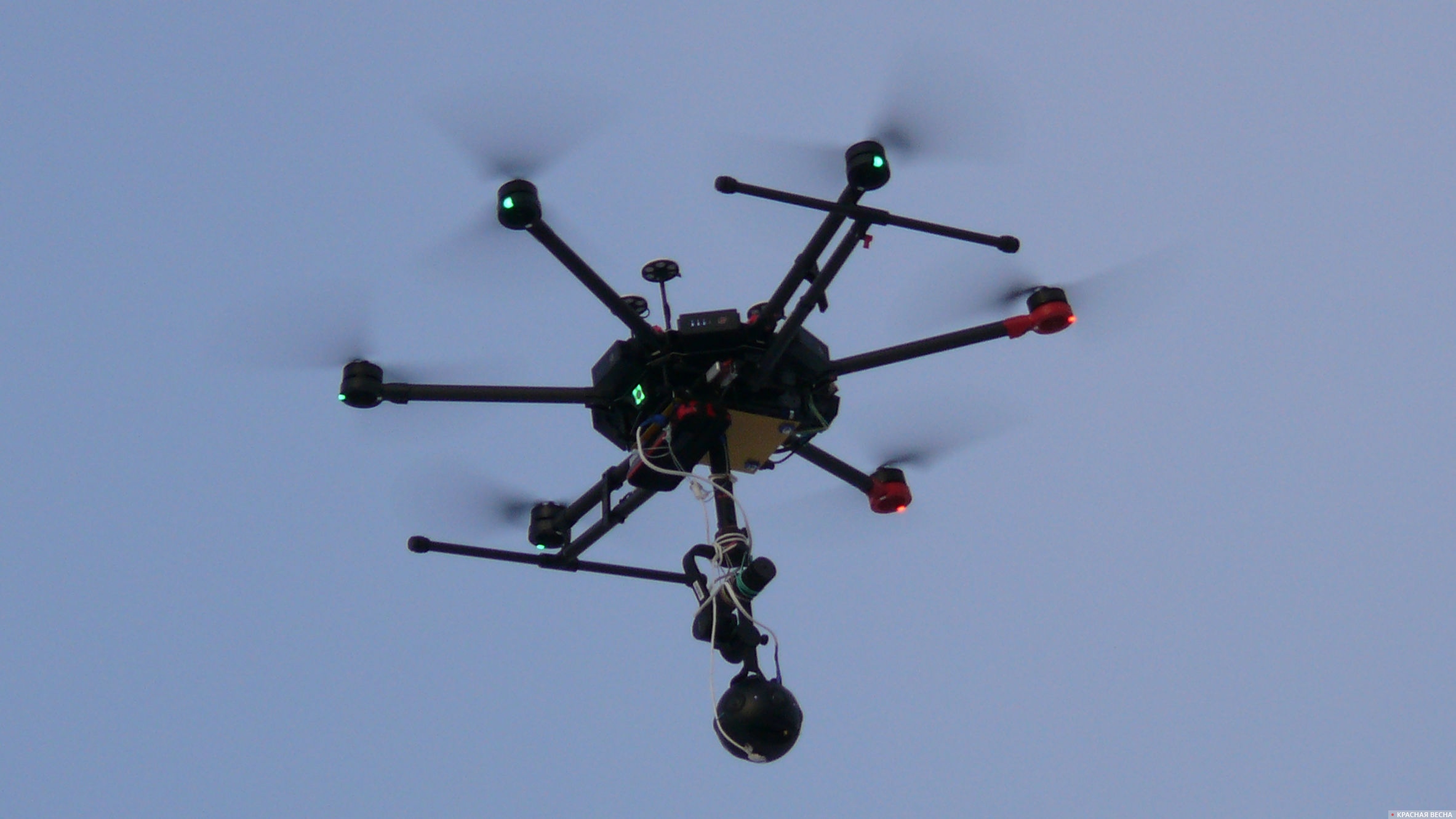
The control system of a self-organized group of unmanned aerial vehicles will improve the efficiency of hitting targets and minimize the risk of own losses, said Vyacheslav Pshikhopov, director of the Research Institute of Robotics and Control Processes at Southern Federal University (SFU). ), RT reports on February 18.
According to the scientist, during tests, the first domestic control system for a self-organized group of unmanned aerial vehicles allowed drones to independently detect an “object of interest”, determine its coordinates and complete the task. Pshikhopov also reported that a group control system has been developed for ground robotic systems weighing 4-5 tons.
Thanks to these automation systems of unmanned devices, the cycle between detection and hitting the target will be significantly shortened, Vyacheslav Pshikhopov is sure.
He noted that thanks to the principle of integration, the developers managed to combine various methods and approaches into a functional whole, remove humans as much as possible from the combat control circuit and solve the problem of reducing the risk of human losses.
“It is evident that the number of RTKs and remotely controlled drones will only grow. At the same time, we must not forget that almost all unmanned platforms require an operator, and a sufficiently qualified one at that. “Training such a large number of personnel (we could be talking tens of thousands of military personnel) will require considerable resources.”– said Pshikhopov.
In his opinion, taking into account current trends, fully autonomous combat systems will appear on the battlefield within 5 to 10 years.
Source: Rossa Primavera
I am Michael Melvin, an experienced news writer with a passion for uncovering stories and bringing them to the public. I have been working in the news industry for over five years now, and my work has been published on multiple websites. As an author at 24 News Reporters, I cover world section of current events stories that are both informative and captivating to read.
